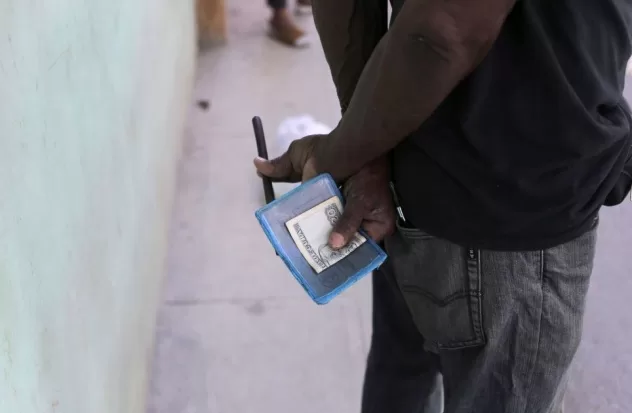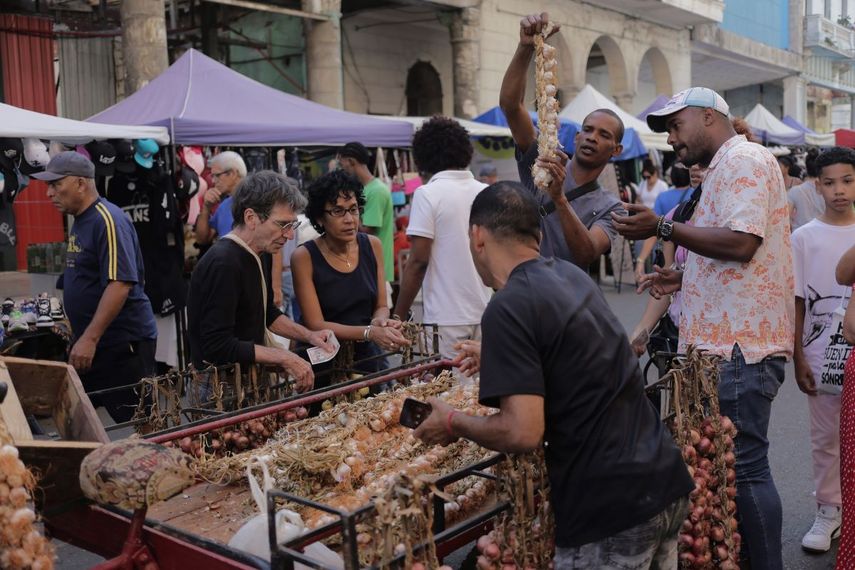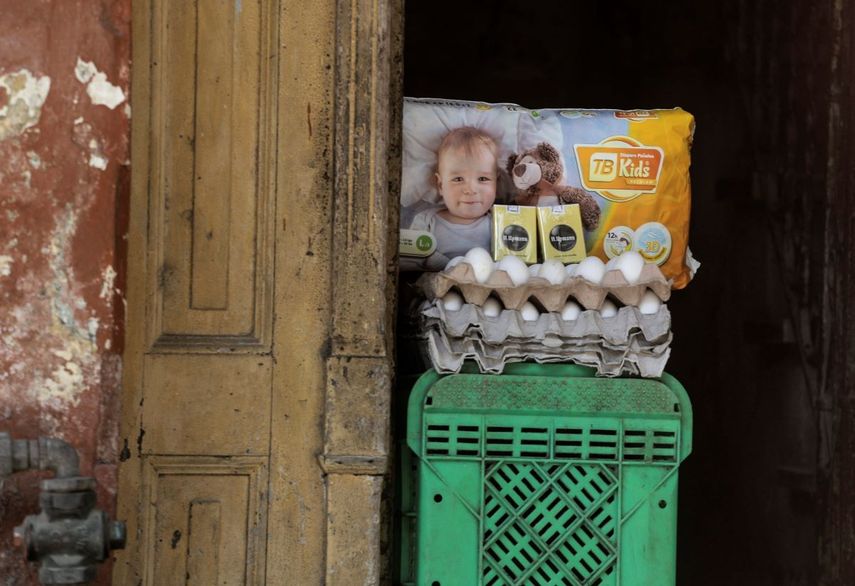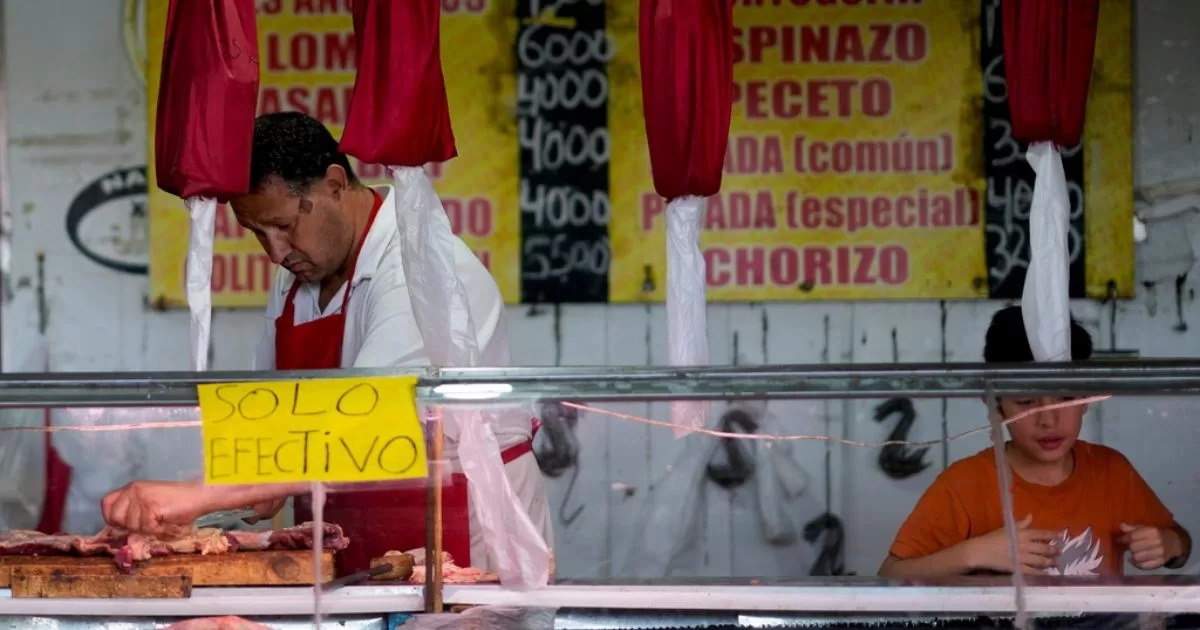HAVANA – The Cuban María de los Ángeles Pozo remembered with a smile when with her ration book (called by the regime with the ironic name of “supply”) she got wedding cakes, hamburgers, fish, chocolate, condensed milk, matches, beer, flour and even toothbrushes.
For 60 years, the notebook—a booklet in which deliveries are recorded each month—was the mainstay of food on the island and in some homes it was kept with suspicion, covered in plastic and out of reach of children.
This mechanism for delivering food and other subsidized products to every Cuban without distinction tempered economic differences in the population and was a key element in the socialist model, although it has never been enough and has many products that only reach people with special medical diets. , in addition to the fact that milk for children is until they turn 7 years old.
“Current and food”, “Homeland and Life”
But things have changed and in the latest protests the protesters’ slogan was “current and food” in reference to the recurring blackouts and food shortages.
The booklet —whose components are collected in the so-called “warehouses” that are state distribution centers— now offers less variety of food and in recent months there have also been delays in deliveries.
This, added to the shortage of supplies in other state markets and the opening of small private businesses—in which it is possible to find diversity but at high prices—are revealing social inequalities.
“Everything comes piecemeal, late,” said Pozo, a 57-year-old former school assistant who retired to care for her disabled sister and father. “Those foods that we have always had, not now,” she lamented. “The situation has hit me a lot. “We are going through a lot of needs.”
In February, for her family unit, the woman received—intermittently—a few pounds of rice, beans, white and dark sugar, salt, a bottle of oil, two tubes of minced meat, a package of sausages and two of detergent. She also has one daily bread per person.
In the first weeks of March, nothing had yet arrived at the winery.
Food crisis in Cuba
“This food crisis must be seen in the context of an economic crisis that has been going on for several years. If one uses the Gross Domestic Product as a reference, it began in 2019,” said economist Ricardo Torres from the Center for Latin American and Latino Studies at American University in Washington.
Officially established in July 1963, the booklet became the means of delivering clothing and footwear in a supposedly equitable manner and was the proposal of the socialist model of the island presented by the Castro dictatorship. It is unknown how many there are, but it is estimated that there are almost four million homes and it is likely that there is more than one per home.
Pozo maintains his home with about 3,000 Cuban pesos (about $10 at the exchange rate in the informal market used mostly by Cubans), an amount that makes it impossible for him to buy products in the newly authorized private stores popularly called “mipyme.” In them, a five-kilo package of chicken costs 3,000 Cuban pesos while a state salary can reach 7,000 Cuban pesos (about 23 dollars in the informal market).
“When I go to a ‘MSME’ to buy a kilo of liver or chicken, which is what we are consuming the most, I can’t afford to pay for electricity or water,” said Pozo.
Remittances
The woman does not receive remittances from relatives who live abroad, one of the sources of income that makes the difference between those who have and those who do not. There are no official figures but according to expert calculations, more than 70% of Cuban households receive this type of support, ranging from small amounts to more important amounts to set up small businesses.
“There are two problems that are combining; on the one hand, food imports have decreased significantly and also imports of inputs used in agriculture (such as fertilizers and pesticides),” said economist Torres.
A report published by the official newspaper Adelante of Camagüey, the main livestock area of the country, revealed, for example, that of the 81.3 million liters of milk agreed upon by the producers to sell to the State and that would supply the book in 2023, only They delivered 42.8 million. Peasants often comment that what the regime pays them is not enough to cover their expenses.
The Cuban dictatorship recognized the lack of financial resources that prevents them from importing already manufactured products or inputs, a combined effect of the paralysis caused by the COVID-19 pandemic, from which the island has not managed to recover, in addition to the deep crisis that subjugates the island since the arrival of Castroism in 1959.
Added to this was a financial reform and monetary unification imposed in 2021 that unleashed inflation that is liquefying salaries.
Annual inflation
According to official figures – which do not reflect prices in the informal market – annual inflation in 2021 was 77%, in 2022 39% and 30% last year, added to a contraction of the Gross Domestic Product of 2% in 2023.
“The economy and society in Cuba today is a little different than 10 or 15 years ago. There are people who are prospering, they are a minority, and today you can see private stores that have all the products,” Vice Chancellor Carlos Fernández de Cossío acknowledged to AP last week. “However, the government remains committed to providing an equitable amount for all.”
The majority of Cubans regret the situation of the booklet but above all they complained that low salaries prevent access to products.
“The salary must go up,” said Hilmer Pagán, a 53-year-old custodian who earns 2,600 pesos a month (almost nine dollars). “There is a lot of inflation. “I see many old people selling cigarettes (provided by the wineries) to survive.”
Source: AP




